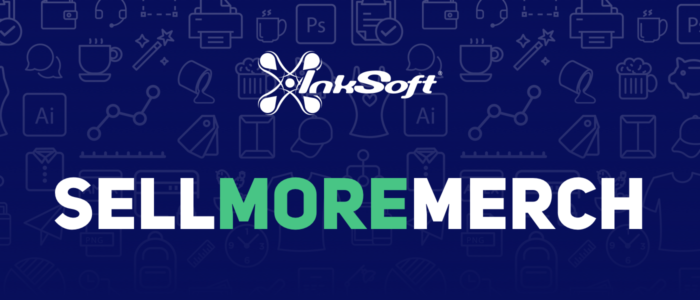Bottom Line Up Front: Every purchase comes with inherent risk. Our latest podcast breaks down that risk, following the Mimetic Desire theory, and gives you techniques for reducing it so that your business can see way more sales.
Listen to the Podcast
How do consumers know what they want? When they’re confronted with numerous options, all of which solve the same problem, how do they pick the one they end up buying? These are the questions that French philosopher René Girard, with his Mimetic Desire cynical theory, set out to answer.
Mimetic Desire breaks down the concept of consumer desire by maintaining that we never actually know what we want — we only imitate what other people want. Our desires don’t come from us. They come from what we’ve seen other people around us do, say, and hope for.
In our newest Sell More Merch podcast, we break down how that theory can apply to the marketing of any business. And not just any business, but your business.
But, if you’re more of a reader than a listener, we’ll summarize the main points below.
Mimetic Desire And You
How many times have you eyed a product online and searched to see what buyers were saying about it?
How many times have you taken into account how high a seller’s rating was before you purchased from them?
The truth is, any purchase — no matter the size — comes with inherent risk. This risk is especially daunting when the buying is happening through e-commerce, where we’re not privy to the product until after we’ve bought it.
Anything that businesses can do to reduce that perceived risk is, in actual fact, increasing the likelihood of the sale. So, if we follow the theory that our desire — as consumers — is informed by (and even predicated upon) the desires we see around us, then reducing that risk boils down to social proof.
Social proof is, simply put, the proof that indicates to us that other buyers are happy with their purchase.
It might be 5-star ratings in the review section. It might be a banner that reads “Top Seller” on the seller’s page. It might be awards the business has won, awards the product has received, or a simple “Customer Favorite” marker next to a dish on a menu.
When we have social proof — proof that buying this product won’t leave us disappointed — then our perceived risk goes down. We feel more confident in our buying decision, and we’re more likely to press “Order Now.”
That kind of social proof isn’t just limited to banners and awards either. It can be (smartly) leveraged throughout your entire digital presence.
Take your e-commerce site, for example: does it include thousands of products, leaving your visitors overwhelmed — and paralyzed — by the options? Or is there a carefully-curated selection of the most popular, on-trend, and relevant products that visitors can see have been tested and recommended?
What about your social media — are you documenting your happy customers and their testimonials? Are you giving potential buyers the opportunity to see the product being used by real people?
Social proof isn’t just what can seal the deal right before a visitor hits “Order Now” — it’s what can be responsible for the whole buying process even starting. A good example of this is when you’re building proposals for new clients. Don’t just describe the products, describe other clients’/end-customers’ love of them!
These t-shirts have become extremely popular with our customers in the past few months.
These promo products are getting massive attention right now because their design is in-line with retail trends.
So there you have it: a new strategy that’ll help your marketing — and your sales — reach new heights. From your e-commerce site to your social media pages, your product descriptions to your use of testimonials and reviews, there are tons of ways you can use the Mimetic Desire theory to your advantage.
We hope you get creative — and we hope you see your sales skyrocket as a result.
Don’t miss an episode! Subscribe today.
Subscribe to InkSoft’s Sell More Merch podcast on Spotify, Apple Podcasts, or wherever you listen to podcasts.


